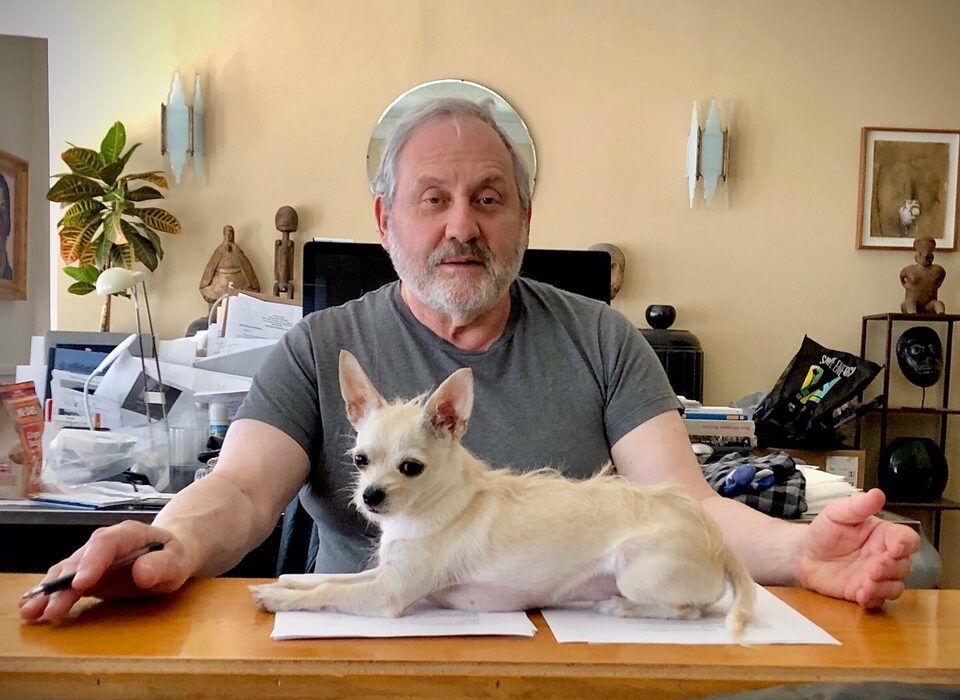Stephen Cohen, a long-time Los Angeles gallerist and the founder of one of Southern California’s most enduring art fairs, PhotoLA, died on February 25th, 2021 from complications related to cancer at the age of 72.
A charismatic fixture on the LA art beat, Cohen quietly slipped away without getting a chance to say goodbye, leaving behind an important forum for photography that he helmed for decades. It was an unexpected departure for the lovable hypochondriac, as his quick exit came as a surprise to many in the art world. To the people who held him dear, it was a gut-punch; and for those who had their criticisms, it surely served as a blunt reality check. Either way, his loss can’t help but be compounded by the weight of this very strange time of adversity and affliction. Now more than usual, the memory of his uninhibited, wide-eyed curiosity for photography is a reminder of the bonding power of art and an occasion to reflect on the community that he helped foster around it.
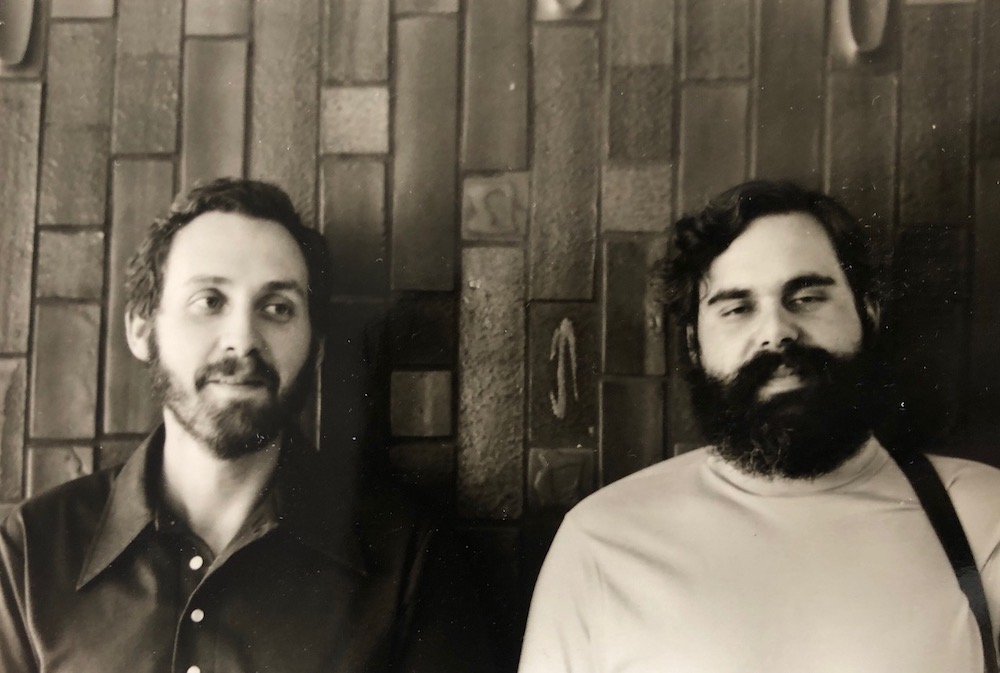
Stephen on the left, with his brother.
Cohen was a centralizing figure in the photo world for a long stretch of time, a unique personality in a field full of real characters. He started organizing art fairs in the early 90s, beginning with Photo LA which was the first and is still the longest running photographic art fair in Los Angeles. At a time when photography was still considered a second cousin to art with a capital “A,” it began as a small, intimate event with just 25 vendors gathered for a weekend affair at Butterfield’s & Butterfield’s on Sunset Blvd. It grew quickly, more than doubling in size, to become a standout on the art fair circuit, one of very few on the West Coast that was truly global in scope and that managed to make a real stand long-term. It saw many iterations with stints at the Santa Monica Civic Center, The LA Mart, and Barker Hanger (where it still takes place), and spawned many offshoots: Photo Santa Fe, Photo San Francisco, Photo NY, Photo Miami, and ArtLA. His fairs cemented a local tradition — 2022 will mark the 30th anniversary of PhotoLA — with Cohen usually at the heart of it, drawing notables from near and far. Ultimately, his efforts laid the groundwork for what would become the month of photography and fixed January as art fair season in the City of Angels.
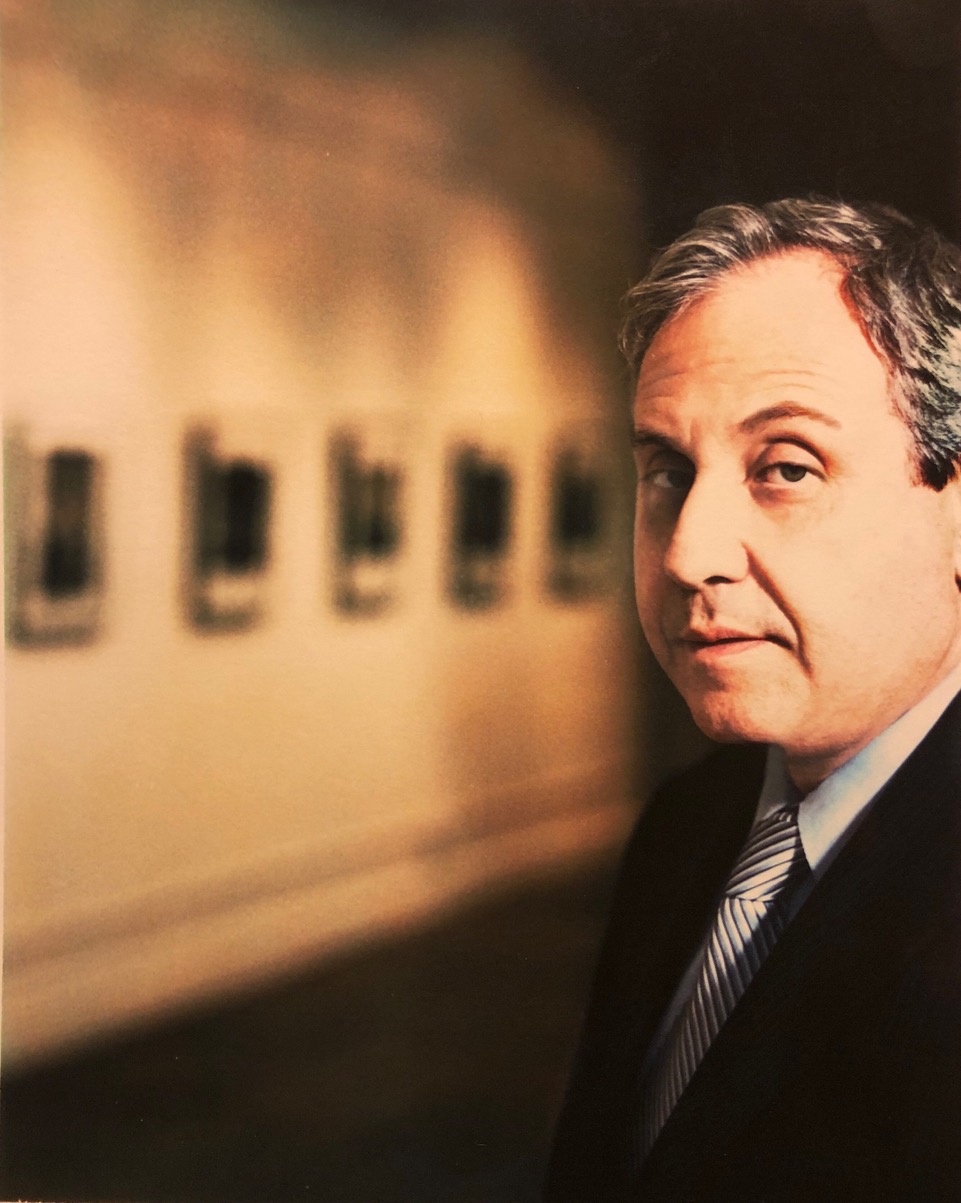
Long before the fairs though, Cohen was a young, aspiring creative from New York City who heard the call of Hollywood. Fresh from Brooklyn College with a degree in art and photography, he headed out west in 1969 to study cinema at the famed USC Film School. There are mythic stories of his early days in LA, making ends meet as a driver for big stars like Barbara Streisand and Leslie Ann Warren. With the movie industry always at his front door, the impulse for storytelling never really left him. Eventually though, as he set out to establish himself as a photographer, he landed in the business of collecting and reselling photography books, and eventually prints. It wasn’t terribly lucrative, but he loved the hunt and turning up works by unknown and forgotten artists. By 1979, he dipped his toes into the LA gallery scene assuming the role of director at the artist cooperative, Cameravision, before returning to private sales two years later and taking the show on the road. From 1985 to 1991, Cohen crisscrossed the country bringing his discoveries to curators and collectors in smaller art markets like Kansas City, St Louis, Atlanta, Chicago, and Minneapolis. He also spent a good chunk of time in New York, selling downtown artists to uptown galleries for a premium. He was content being the middleman and tickled by the reputation he garnered for being able to sell almost anything.
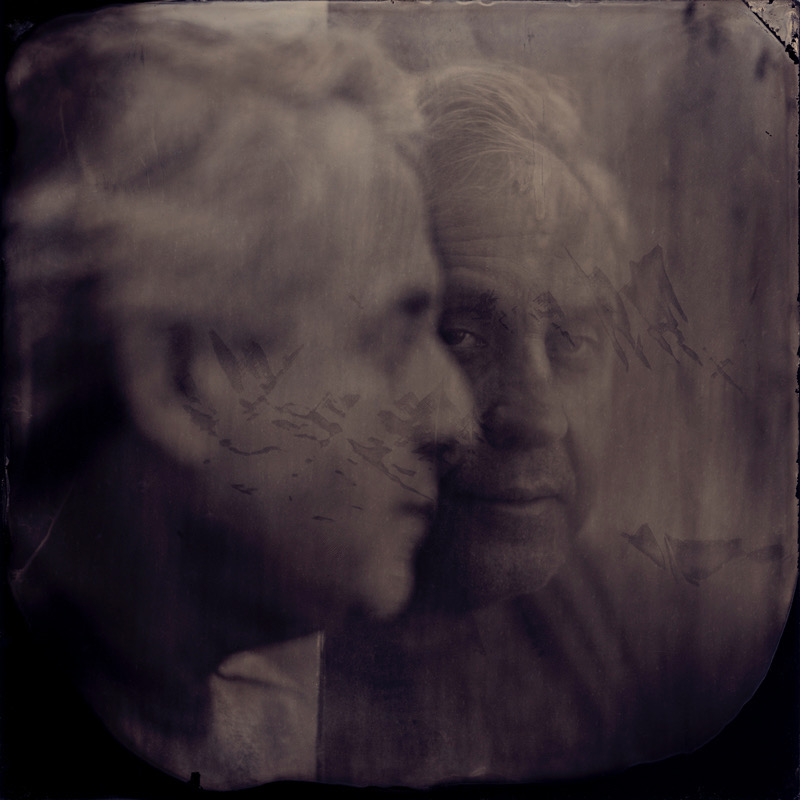
True to form, Cohen was always making a deal. Whether it was selling a print or a booth, he couldn’t help but see opportunity all around. His style as a dealer could be a bit cheeky, but he was really earnest about the work he loved. Genuine excitement pierced through every transaction. Whether he was looking at emerging talent or old favorites, he saw it all with fresh eyes like it was the first time. He was a rare bird, though, and he ruffled some feathers along the way, usually in such an ingenuous way that made it difficult to stay mad. He could pitch a fit for seemingly random things — a phone bill, a lost post-it note, Fox News — and the smallest annoyances could send him into a glorious tizzy! Most anyone that worked with him at his eponymous gallery — first, in a tiny, second-floor space in a courtyard-style complex and later at the well-known storefront on Beverly Blvd. — got a taste of his mercurial temperament, but could also attest to the warm, familial vibe of the place.
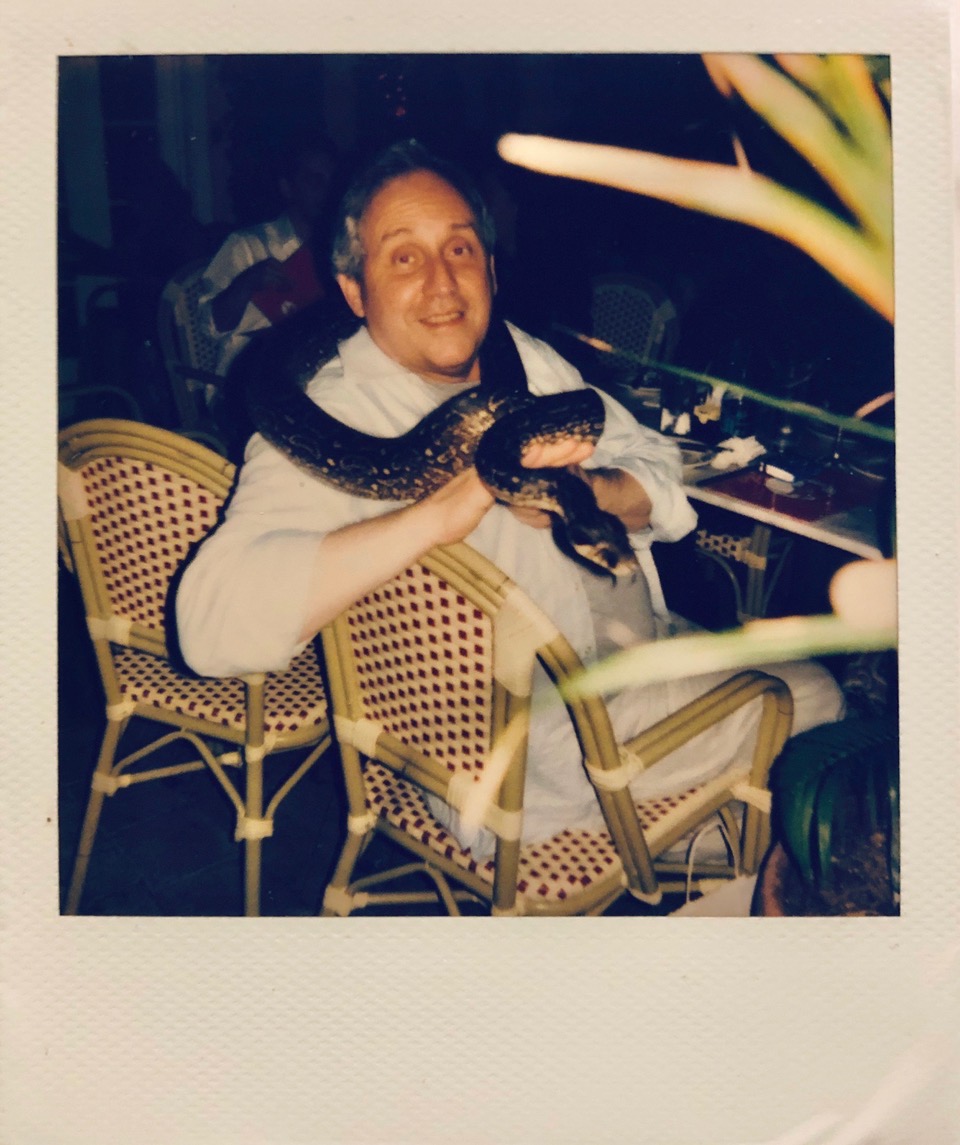
Stephen in Miami Beach, FL, at the Miami Fairs, circa 2015
The gallery, where he was neighborhood institution for over 20 years, championed the work of numerous distinguished artists with shows of vintage works by popular masters like Arthur Rothstein, Dick Arentz, Tom Arndt, Horace Bristol, Ida Wyman, Louis Faurer, Edmund Teske, Tseng Kwong Chi, Daido Moriyama, Walker Evans, Ken Ohara, and Vivian Maier. His program also highlighted contemporary works with a broad mix of heavyweights including: Lynn Geesaman, Luis González Palma, Lauren Greenfield, Nick Brandt, Victor Cartagena, Pieter Hugo, Amy Arbus, Olaf Otto Becker, Lori Nix, David Levinthal, Anthony Friedkin, Roger Ballen, Arthur Taussig, Judy Gelles, Larry Clark, Larry Fink, and Siri Kaur.
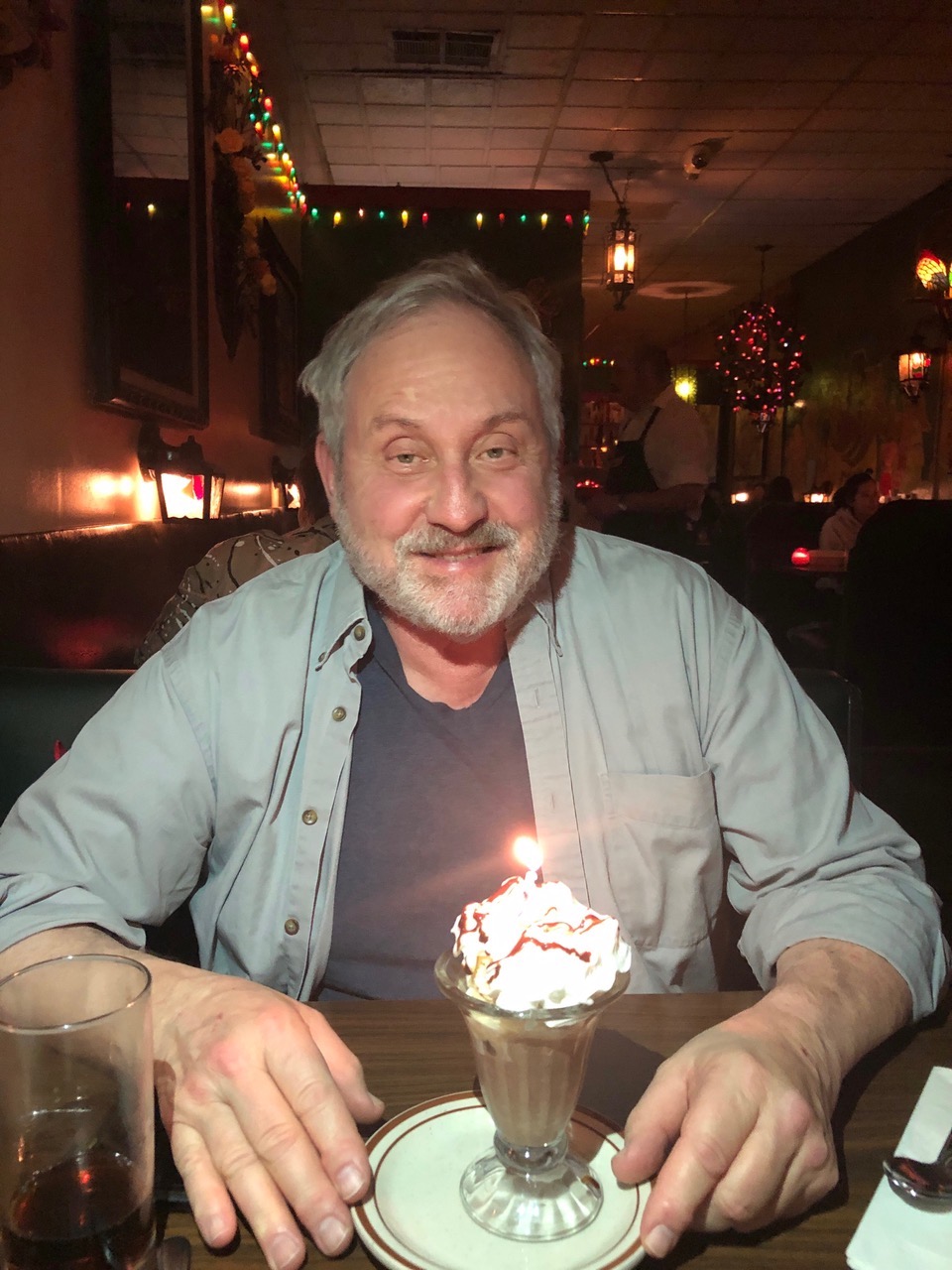
Stephen was well-known for his sweet tooth!
While the gallery was often a hub for artists to drop in for a tour and a chat, it also served as the headquarters for Cohen’s fair operations and was the nexus of all kinds of cross-pollination. From a celebrity guest host to a hired hand, a frequenter with a passing fancy, or even those at the tippy top of photo world food chain, Cohen seemed to know everyone. In its heyday, the gallery was an unusually welcoming clubhouse and Cohen was like a sheepdog nudging acquaintances together. He loved to be in the mix and make things happen. A creature of habit, he took pleasure in the regular ritual of producing fairs and exhibitions — the flurry of installations, hobnobbing at the openings, even the de-installs after grueling week-long fairs, and probably most of all, the promise of rewarding rendezvous around breakfasts, lunches, and dinners.
The only thing that captivated Cohen’s attention as much as art, was food (and possibly politics which he frequently failed to keep under his hat). But, any irascibility could be overcome by his passion for the tastiest grub and his schedule was often built around what and where to eat. Favorite spots figured prominently in his life like good old friends, and it made no difference if they were fancy or down-home. He made a practice of patronizing his most beloved eateries everywhere he went. It might be El Coyote down the street for an impromptu happy hour; Enriquetta’s on the last day of the fairs in Miami; or a mission to Katz’ and Zabar’s during the New York art fairs in the spring. The delight and comfort he took in the routine of sharing a meal made him relatable, unapologetically human, and imminently likable.
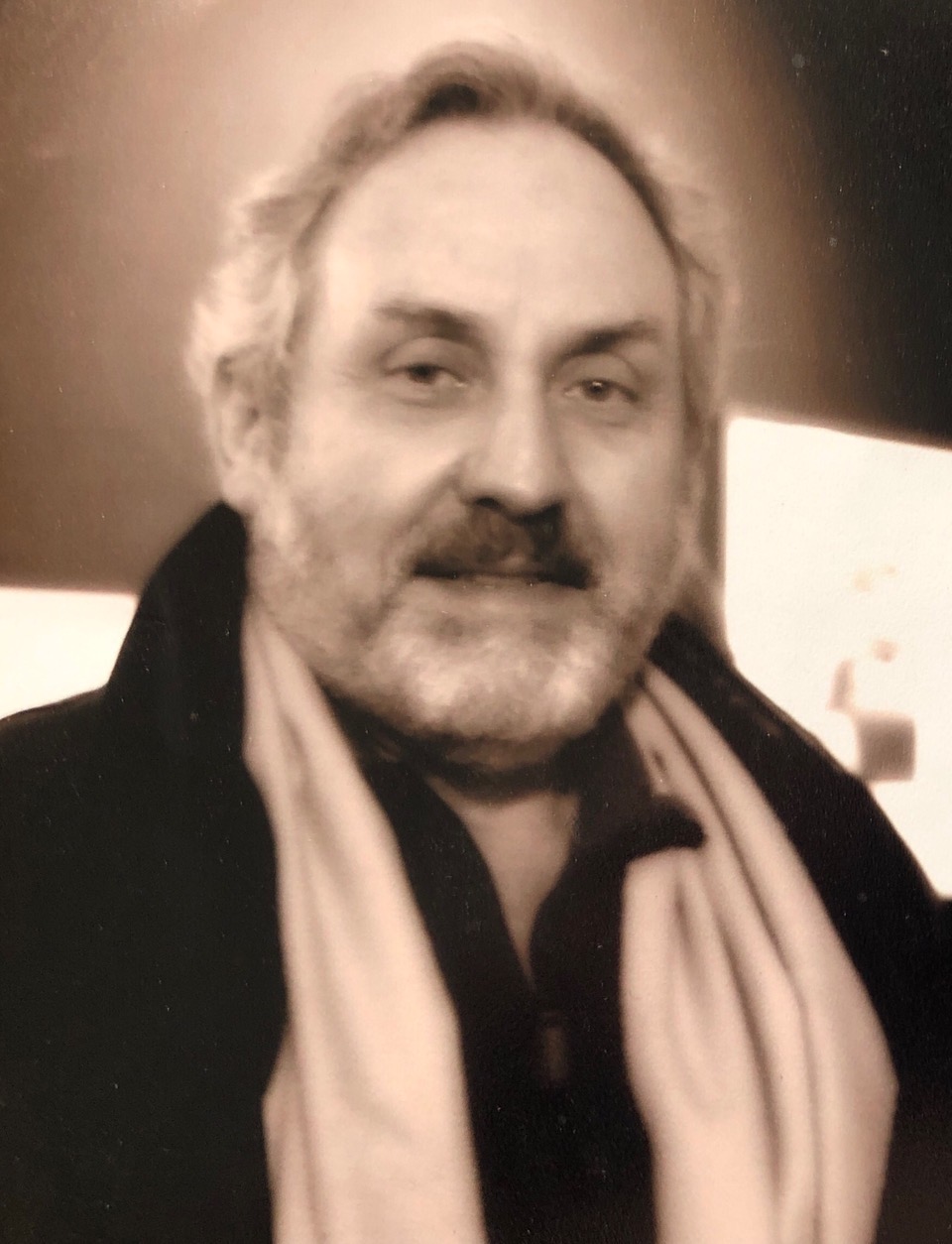
Although Cohen was endeared to many and connected all sorts of people, he himself lived a pretty solitary existence day-to-day with the exception of his adorable little pup, Fez. He never partnered and mostly made do alone, but he was always rich with the company of his prints and books, and a strong sense of purpose. He could seem uneasy in his own skin sometimes yet strangely fond of his own personal weltschmerz, almost enchanted by the darkness.
Sweet and coy, stubborn and indelicate, a hopeless grump and still an unflappable optimist, Cohen got away with being a happy recluse and still managed to be the glue that kept a big group of photo-loving friends and colleagues coming together year after year. For a lot of photophiles and fairgoers, it might be hard to picture the crowd without him when the world opens up again. While his absence will certainly be felt, especially by his favorite brother, Michael, he will still be with us and his legacy will carry on in the community he helped make possible.
Photos provided by close friends and family.

